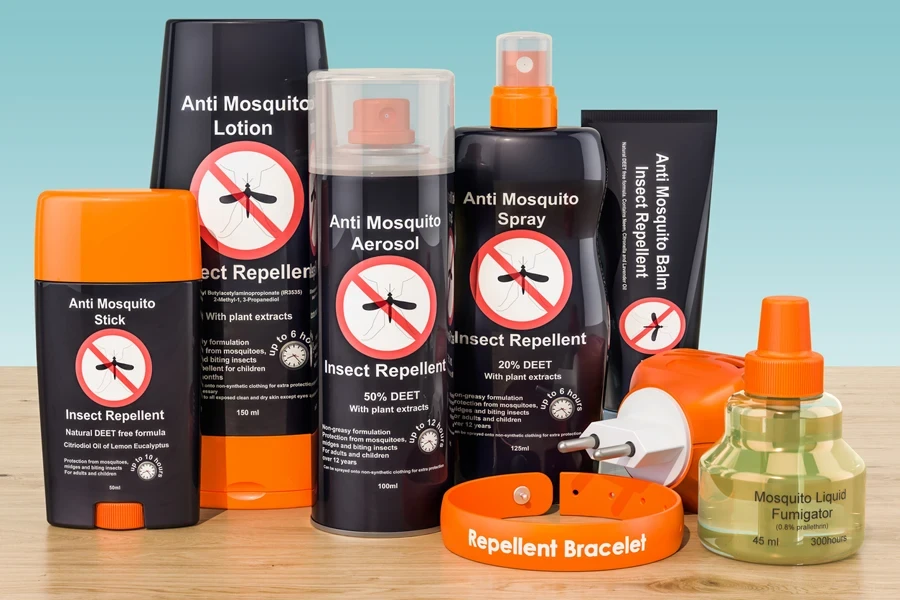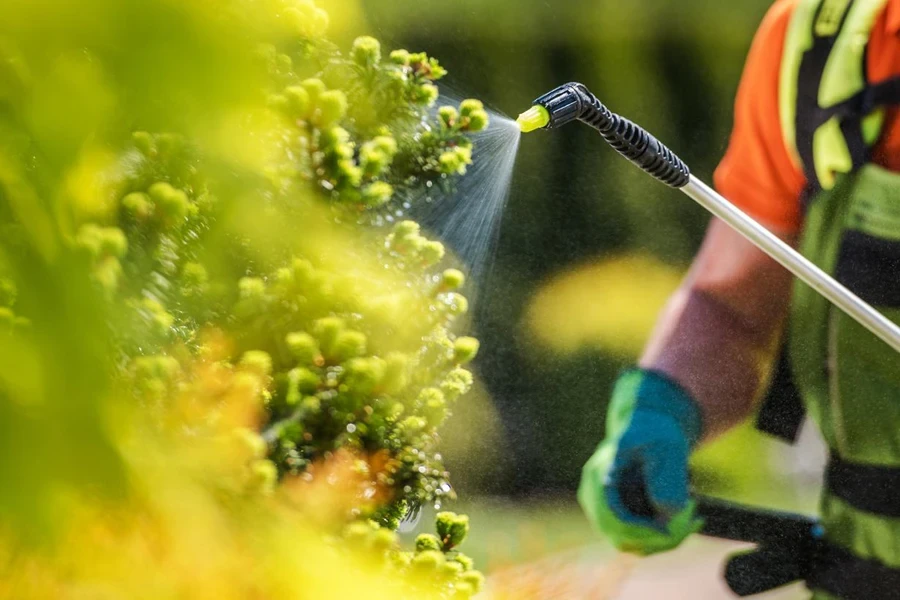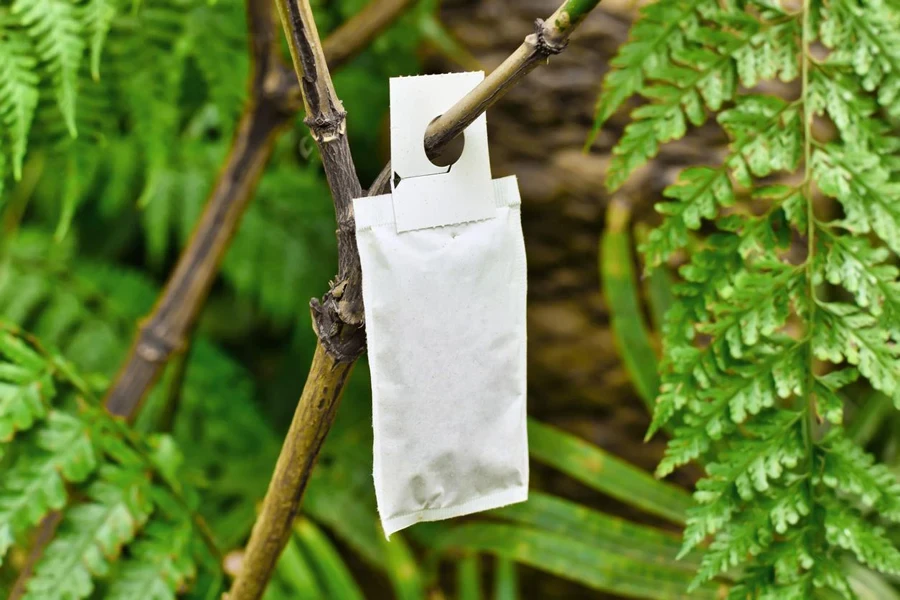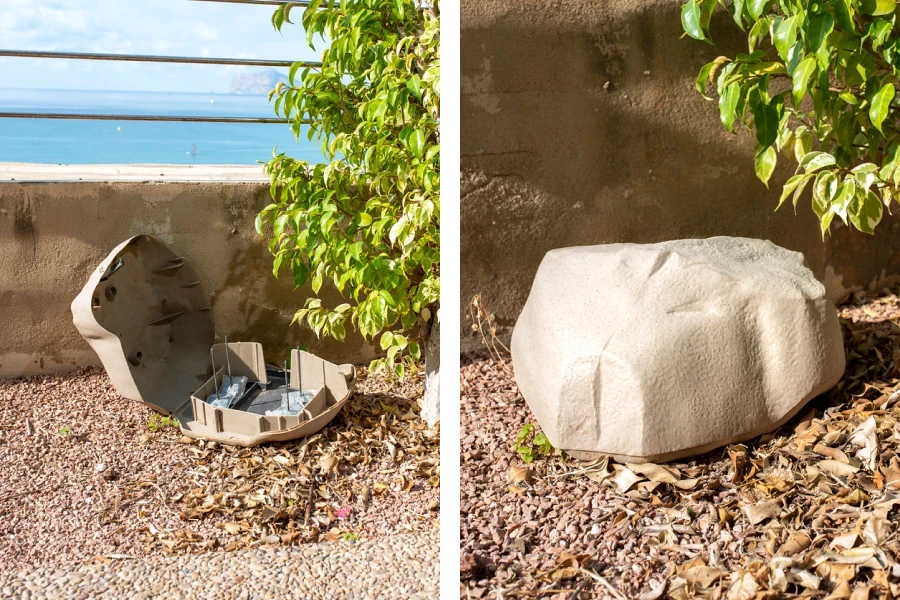As a procurement professional or business owner in the pest control industry, staying informed about the latest market trends and product innovations is crucial for success. This comprehensive guide will provide you with valuable insights into sourcing the best pest control products for the American market, helping you make informed decisions and stay ahead of the competition.
Table of Contents
● Understanding the pest control market landscape
● Different types of pest control products and their features
● Compliance and safety in pest control products
Understanding the pest control market landscape
Market overview
The American pest control market has experienced steady growth in recent years, with a projected compound annual growth rate (CAGR) of 5.2% from 2018 to 2023, according to IBISWorld. The market size is expected to reach USD 17.4 billion in 2024, driven by factors such as increasing urbanization, climate change, and heightened awareness of public health risks associated with pests.
North America currently holds the largest market share, with key players such as Ecolab, Rollins, Terminix, and Rentokil dominating the industry. However, the market remains highly fragmented, presenting opportunities for small and medium-sized enterprises to capture market share through innovative products and services.
Assessing demand and seasonality trends
Pest control demand often follows seasonal patterns, with summer months experiencing a surge in activity for insects like mosquitoes, flies, and wasps. Winter months, on the other hand, see an increase in rodent infestations as they seek warmth and shelter indoors. Understanding these seasonal trends is essential for effectively sourcing and managing inventory.
Additionally, climate change has led to longer warm seasons and milder winters, extending the activity periods of various pests. In 2023, residents in Florida and Texas saw locally transmitted malaria cases from mosquitos for the first time in 20 years, according to the Stanford Center for Innovation in Global Health. And the mosquito is not the only pest to blame, for rising temperatures can impact flea, tick, termite, and rodent populations. This shift in seasonality has implications for product demand and sourcing strategies.

The impact of eco-friendly and organic solutions on market dynamics
As consumers become increasingly environmentally conscious, the demand for eco-friendly and organic pest control solutions has grown significantly. According to a survey by Angi, 92% of homeowners in the United States are seeking more sustainable solutions for their homes. This trend has prompted many pest control companies to offer green alternatives, such as integrated pest management (IPM) and natural, organic repellents.
Sourcing eco-friendly pest control products not only caters to changing consumer preferences but also helps businesses differentiate themselves in a competitive market.
Different types of pest control products and their features
Pest control products can be broadly categorized into three main types: chemical, biological, and physical. Each category offers unique features and benefits, catering to specific pest problems and customer preferences.
Chemical pest control products
Chemical pest control products, such as sprays, baits, and granules, remain the most widely used method due to their quick and effective results. According to the Environmental Protection Agency, pyrethroids account for 54.2% of all active ingredients in commercial pest control products in the United States.
When sourcing chemical pest control products, consider factors such as the active ingredient, concentration, and mode of action. Rotating products with different active ingredients can help prevent the development of pest resistance.

Biological pest control solutions
Biological pest control methods involve the use of natural predators, parasites, or pathogens to control pest populations. The global demand for biopesticides is expected to grow at a CAGR of 14.7% from 2020 to 2027, according to Mordor Intelligence.
Examples of biological pest control include introducing ladybugs to control aphids, using beneficial nematodes to target soil-dwelling pests, and applying Bacillus thuringiensis (Bt) to manage caterpillars. When implementing biological control methods, it is crucial to understand the specific pest-predator relationships and ensure compatibility with the environment.

Physical pest control methods
Physical pest control methods involve the use of barriers, traps, and other mechanical devices to prevent, capture, or eliminate pests. These methods can be used alone or in combination with chemical or biological controls as part of an integrated pest management (IPM) approach.
Common physical pest control products include sticky traps, pheromone traps, ultrasonic repellents, and exclusion devices such as door sweeps and window screens. When selecting physical control products, consider factors such as the target pest, ease of use, durability, and compatibility with other control methods.

Compliance and safety in pest control products
Ensuring compliance with regulations and prioritizing safety are critical aspects of sourcing pest control products. Failing to adhere to these standards can result in legal consequences and damage to your brand’s reputation.
Navigating EPA regulations and certification standards
The United States Environmental Protection Agency (EPA) regulates pest control products to ensure their safety and effectiveness. When sourcing products, ensure that they are EPA-registered and comply with the Federal Insecticide, Fungicide, and Rodenticide Act (FIFRA).
Additionally, look for products that meet industry certification standards, such as those set by the National Pest Management Association (NPMA) or the Green Shield Certified program for eco-friendly solutions.
Ensuring safety of pest control products for end-users
Prioritizing the safety of end-users is crucial when sourcing pest control products. Look for products with clear safety instructions and precautionary statements on their labels. Ensure that your staff is properly trained in the safe handling, application, and storage of these products.
Consider offering personal protective equipment (PPE) and safety training to your customers to minimize the risk of accidents or misuse.
Best practices for product labeling and packaging
Proper labeling and packaging are essential for ensuring the safe and effective use of pest control products. When sourcing products, look for clear, concise labels that include the following information:
- Active ingredients and their concentrations
- Directions for use and application rates
- Safety precautions and first aid instructions
- Storage and disposal guidelines
Ensure that packaging is durable, leak-proof, and tamper-evident to prevent spills or unauthorized access.
Conclusion
Sourcing the best pest control products for the American market requires a deep understanding of market dynamics, product types, and compliance standards. By staying informed about the latest trends, innovations, and best practices, you can make informed decisions that drive your business’s success while prioritizing the safety and satisfaction of your customers.



